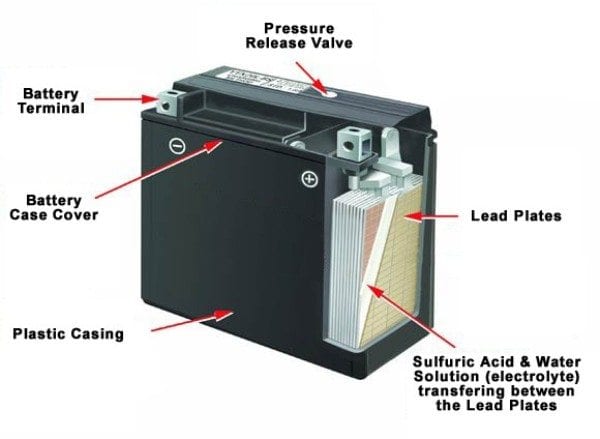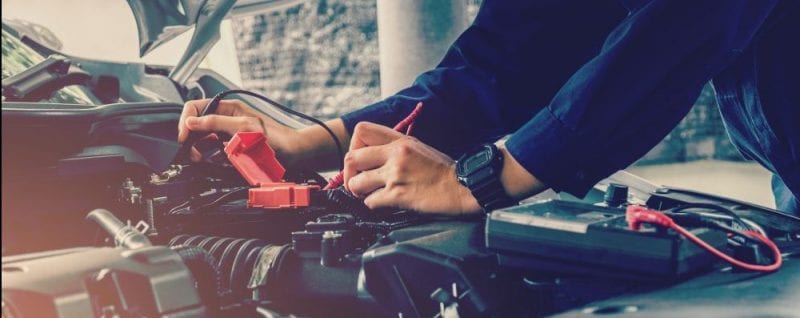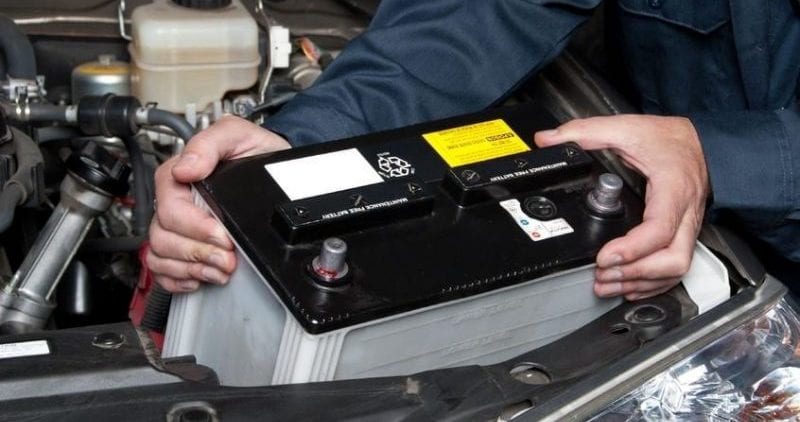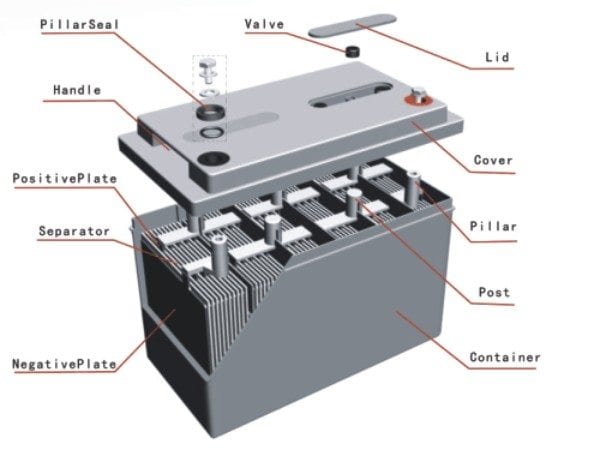We all know how inconvenient it is when your car won’t start! Understanding a bit more about car batteries, how they work and how to look after them might help you to avoid a no-start situation.
Below you will find all the information you will need regarding the right battery for your car. We also cover how to maintain and charge your car battery to ensure you get the most out of it!
What is the right battery for you?
You’re not sure which battery is right for your car? That’s ok, depending on your vehicle, you may need to consider carefully what battery is right for your vehicle. We have compiled a list that explains three common types of batteries, what they are made up of and what situations they are best suited for.
Calcium Battery
The Calcium Battery is your standard lead-acid battery starting battery. The calcium replaces antimony in the plates of the battery. This improves the resistance to corrosion, reduces water usage, eliminates excessive gassing, and lowers self-discharge. These are an under bonnet battery, good for high levels of heat and designed for a large, fast output (like starting a car). These come in two main designs, most commonly with the posts at the top and the Din Style battery, which is mostly found in European cars.

Valve-Regulated Lead Acid (VRLA)
Valve-Regulated Lead-Acid (VRLA) batteries are another common battery type. VRLA batteries are designed to be low maintenance and are fully sealed, making them unable to be serviced. The fully sealed design also means that they will not spill if tipped or inverted.
The most commonly used varieties of VRLA batteries are Absorption Glass Mat (AGM) and Gel Cell batteries. Both the AGM and Gel Cell batteries typically work best in deep-cycle applications (like auxiliary car batteries, marine vessels and caravans).
The AGM Batteries are becoming a popular choice in Marine and Deep cycle batteries. The absorbed glass matting material holds electrolytes so they never spill. This design also allows for faster-charging capabilities as well as better performance under heavy load conditions.
The Gel Batteries are similar to the AGM batteries in the sense the Electrolytes are mixed to paste, meaning the battery will not spill. In regards to charging, the Gel Cell batteries will tolerate regular flattening situations better than any other Deep Cycle Battery. It is also important to keep in mind flattening a deep cycle battery will drastically reduce its lifespan. Both AGM and Gel Cell Batteries have specific discharge and charge requirements to maintain their optimum performance levels. It is best to check with your local auto electrician or battery retailer to find out if you are using your batteries correctly.
Lithium-Ion (Li-ion) Batteries
The Lithium Batteries, as their name gives away is a battery that uses Lithium-Ion batteries. These are not so common in most vehicles, however, they are being used more often in hybrids and electric cars. The reason they are uncommon is due to the fact they store a large amount of energy while only weighing a fraction of that of a traditional battery, Super lightweight! There is one major downside however, the Lithium battery lifespan is on average about three years. This means they need to be replaced much more frequently than traditional batteries.

How to maintain your car battery
Want more KM’s out of your battery? Who doesn’t?! When it comes to your car batteries, maintaining them is key for top performance. There are a few factors that could affect the performance of your battery. Things like weather, age, and battery type can all play a role. Here are some of our top tips from our specialised auto electricians to reduce the wear on your battery and keep battery powering on for as long as possible!
Top 10 Tips:
- Keep your car batteries charged. Ensuring your battery is always charged keeps the chemical balance in-check and reduces the wear on the battery.
- Electrolyte levels topped up. This depends on your battery. As we mentioned above, if you have a maintenance-free battery there is no need for you to check the fluid levels. Car batteries that require maintenance regularly need their levels checked. The Australian summer can be a battery killer, the heat speeds up the reaction between the electrolyte and lead plates, frying your battery. So, FLUID IS IMPORTANT.
- Refit battery heat shields. Battery shields protect your battery from excessive heat, this can lead to overheating and swelling which is not good.
- Turn off all lights before you leave the car.
- Ensure your battery terminals are cleaned and any build-up is removed.
- Inspect your battery for any leaks, bulging or cracks.
Looking over your battery regularly for any wear is important in ensuring you get the best use out of it. If you have found any visible wear on the battery, or if it is getting a little sluggish to start, then it could be time for a new battery.
How to charge your battery!
You have a flat battery, and you need to charge. First off, if you notice that there’s a lot of wear on the battery, it might be best to get a new one instead of charging it. Here are a few steps on how to charge your car battery to good as gold.
- Identify your battery type and find a charger to match that battery. Every car is different so it is important to only use the correct charger.
- Turn off the electrics and turn off the battery charger too.
- Carefully follow the instruction on the charger. You may need to remove the battery or you can just take off the cell caps. It is important that you follow the instruction to keep you and others around you safe.
Once you have connected your charger, the battery can take up to 12 hours to fully charge.




We absolutely like your blog and this is very informative and interesting to read. Thanks!